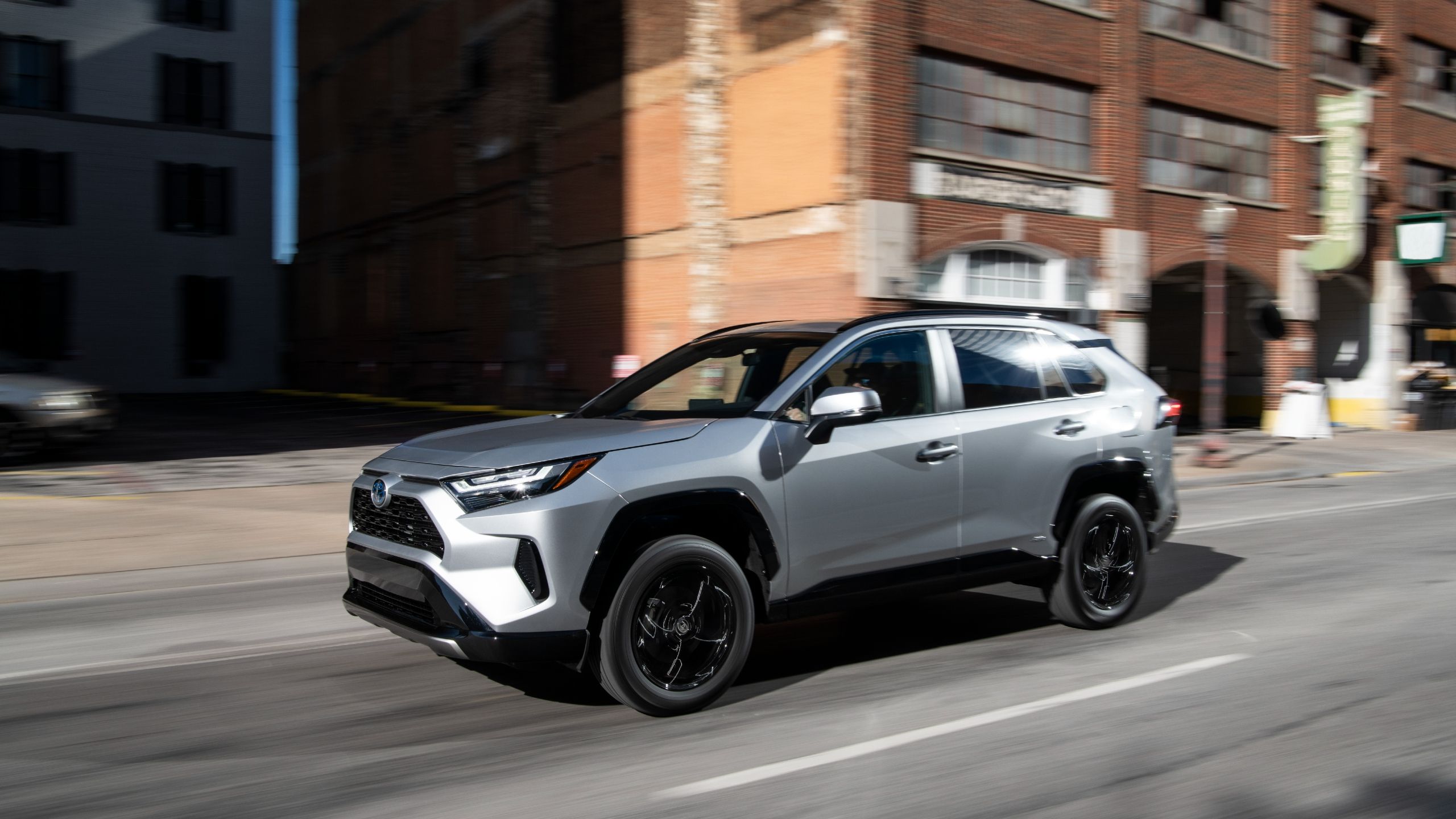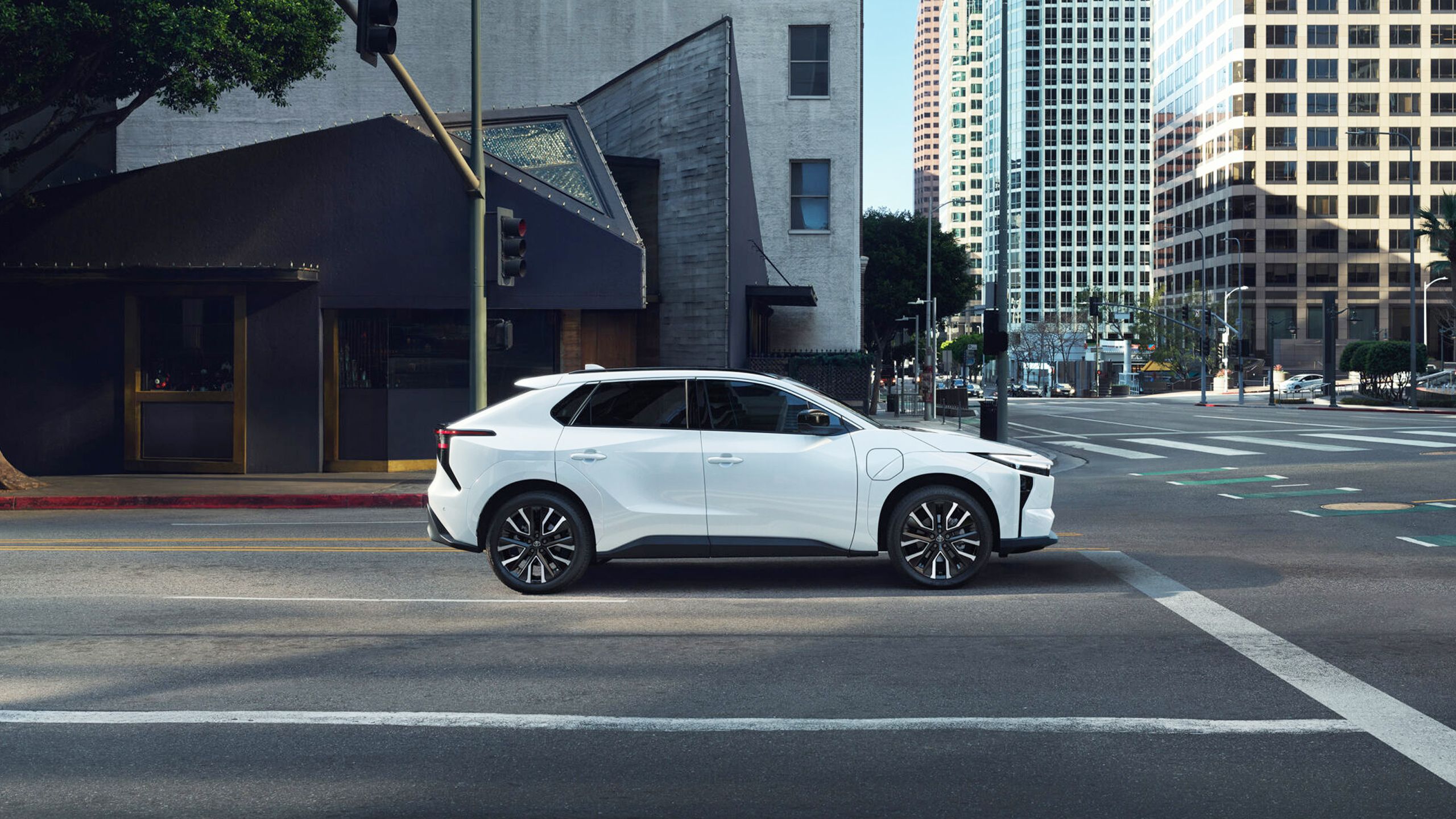Abstract
- Toyota is shifting its focus to PHEVs over pure EVs, aiming for 20% of its gross sales by 2030.
- Enterprise logic favors PHEVs because of the sluggish progress price of EV gross sales and limitations to adoption.
- On the similar time, the world wants to chop carbon emissions as quick as attainable, and there is a danger of Toyota being left behind within the EV trade.
A bit of reports that was simple to overlook — given the every day avalanche of tech tales, to not point out something going with politics or tradition — is that Toyota is selecting to emphasise manufacturing of plug-in hybrids (PHEVs) within the subsequent a number of years over pure electric cars. Whereas PHEVs accounted for simply 2.4% of Toyota’s US gross sales in 2024, the corporate is aiming to make that round 20% by 2030. The corporate will proceed to develop EVs, naturally — it simply introduced the 2026 bZ — however do not anticipate Toyota to supply a full slate of Tesla alternate options anytime quickly.
Personally I discover this a bit disappointing, since I am a fan of the brand new bZ, and on-record as preferring EVs to hybrids. However extra objectively, is Toyota making the correct transfer by betting on PHEVs? It is arduous to disagree with the corporate’s quick enterprise logic, but it may come again to chew them eventually.
Associated
Everything you need to know about PEVs, or personal electric vehicles
You should utilize PEVs to discover, run errands, or pace up your commute.
The enterprise case for the brakes
Assembly clients the place they’re
Toyota
EV gross sales have risen dramatically since 2017, successfully doubling in 2021 and 2022, in accordance with Cox Automotive and KBB estimates shared by CNBC. However they have not taken off the best way some automakers anticipated. Certainly, main corporations like Ford, GM, Volkswagen, and Mercedes-Benz have scaled again their manufacturing efforts, merely trusting that we’ll all be driving EVs ultimately.
The obvious barrier to progress is value. Due to their big lithium-ion battery packs, EVs are inherently dearer upfront, regardless of in the event that they are usually cheaper to personal long-term. It is tough to discover a high quality EV underneath $30,000, and realistically, individuals typically find yourself spending greater than that for an honest vary. For some consumers, vary could also be simply as a lot a priority as cash — if no more so. 300 miles (482 kilometers) can nonetheless really feel weak if you must drive cross-country, or when that vary is slashed by components like heavy hundreds or freezing temperatures.
Hybrids aren’t solely cheaper at sellers, however tantalizing clients with superior vary.
Hybrids aren’t solely cheaper at sellers, however tantalizing clients with vary superior to the gas-only (ICE) automobiles they grew up with. Utilizing each gasoline and electrical energy, Toyota’s 2025 Prius PHEV can journey as much as 644 miles, or over 1,036 kilometers — if I have been to drive from Edmonton to see kinfolk in San Antonio, I may cease for gasoline simply 4 instances and have gas to spare by the point I arrived.
In gentle of all this, it is (nearly) ridiculous for Toyota to undertake every other technique. Particularly since Toyota is regularly increasing the vary its PHEVs get when going battery-only, and reserving the correct to speed up EV manufacturing if circumstances change. Assuming it hits its 20% PHEV goal in 2030, it’s going to stay in compliance with California emissions legal guidelines. It might be more durable to succeed in zero emissions by the state’s 2035 deadline, nevertheless it’s not unattainable.
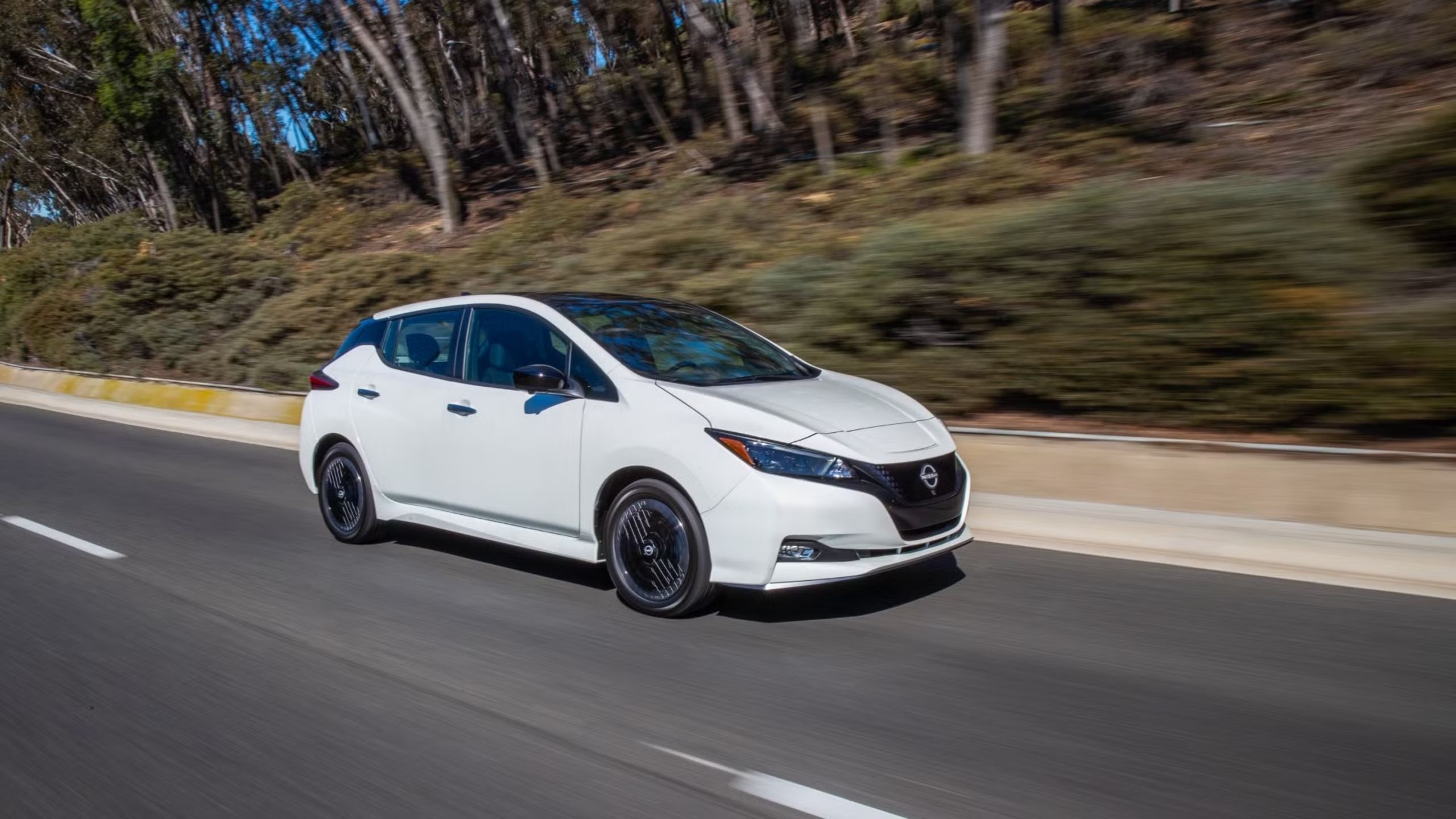
Associated
4 tech tips I always use to make every roadtrip painless
Use this guidelines to ensure you’re able to roll.
How Toyota could also be going astray
Each in enterprise and the atmosphere
BBC
An indeniable situation right here is local weather change. Whereas hybrids are higher for the atmosphere than ICE vehicles, they nonetheless straight contribute to greenhouse gasoline emissions, at a time when humanity’s already on observe to overlook the targets wanted to maintain warming under the 1.5C (34.7F) pledged within the Paris Agreement. As issues are, emissions are going to should drop 43% versus 2019 ranges by 2030, and nigh-on miraculously to attain net-zero by 2050.
Worrying that drivers will not purchase EVs you are not making is slightly absurd, particularly when the very best the corporate was providing till just lately was the mediocre bZ4X.
There’s solely a lot Toyota can do to have an effect on international emissions, in fact, and it isn’t like conscientious consumers cannot discover EVs elsewhere. On the similar time, nonetheless, it is the most important automotive producer on the planet when measured by manufacturing, so changing as a lot of its lineup to EVs as attainable may have a tangible affect. There is a little bit of a chicken-and-egg scenario occurring, too — a purchaser wandering right into a Toyota dealership at present is barely going to come across one or two EV fashions, and even these may not be in stock, a minimum of within the precise trim and shade configuration somebody desires. Worrying that drivers will not purchase EVs you are not making is slightly absurd, particularly when the very best the corporate was providing till just lately was the mediocre bZ4X.
Placing apart the atmosphere for a second, there’s the danger that Toyota will proceed to languish behind different EV makers when it comes to high quality. It is advisable truly ship merchandise to be able to be taught classes and hold prices in verify, as Apple demonstrates yearly with the evolution of the iPhone. Toyota does have the assets to right any errors — however with rivals like Kia and Hyundai already as much as a number of EV strains, it may very well be caught in a catch-up mode for fairly a while.
I additionally surprise if Toyota isn’t going to be caught off guard by an upcoming market twist. There’s at all times the possibility of a sudden resurgence in EV progress, say, if tariff wars finish and battery economics proceed to enhance. If nothing else, solid-state batteries are poised to eradicate any remaining vary nervousness by the flip of the last decade.
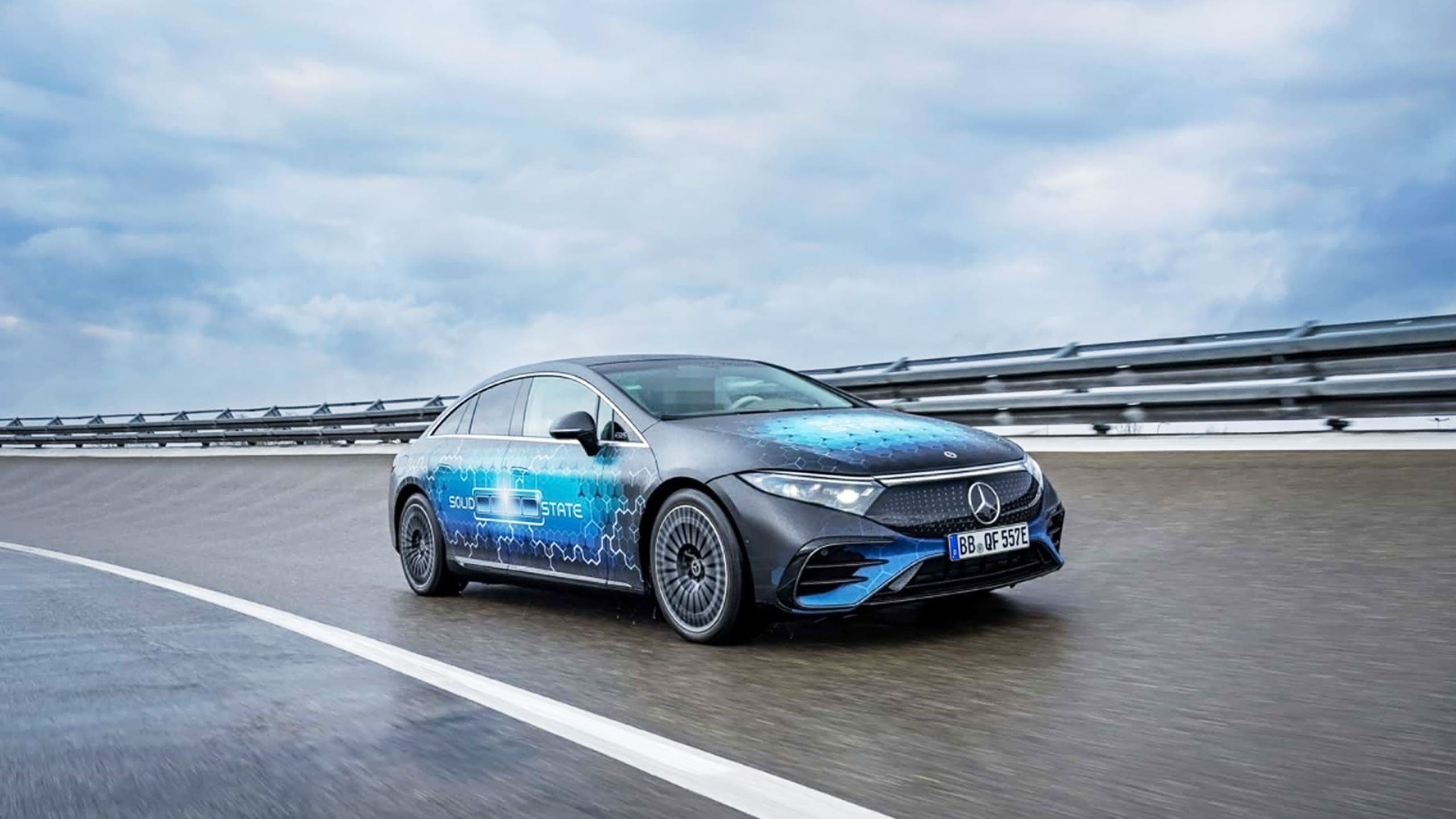
Associated
Why solid-state batteries will revolutionize EVs – and why we’re still waiting
They’re on the horizon, however there’s nonetheless far to go.
A tentative verdict
Last ideas
Toyota
Though I hate to say it, I am undecided that I would deal with issues a lot in another way if I have been answerable for Toyota. Automakers do have a accountability to care extra for the atmosphere. But if individuals aren’t shopping for EVs in droves elsewhere, there isn’t any assure that Toyota pushing an EV-heavy lineup would do greater than harm its gross sales. If we’re fortunate, the PHEV initiative may even act as a Computer virus, getting increasingly more individuals used to the advantages of going electrical. And there will not be zero discount in greenhouse gasoline emissions — a 50-mile (80-kilometer) battery is sufficient to keep away from any gasoline consumption on many commutes.
If we’re fortunate, the PHEV initiative may even act as a Computer virus.
Largely, I am simply glad that Toyota is remaining versatile. Had it gone all-in on PHEVs, refusing to adapt till EVs have been already de facto within the trade, that may’ve been as disastrous on a enterprise stage as it will’ve been for carbon emissions. Firms will be that short-sighted — simply take a look at the historical past of electrical vehicles within the Nineteen Nineties.
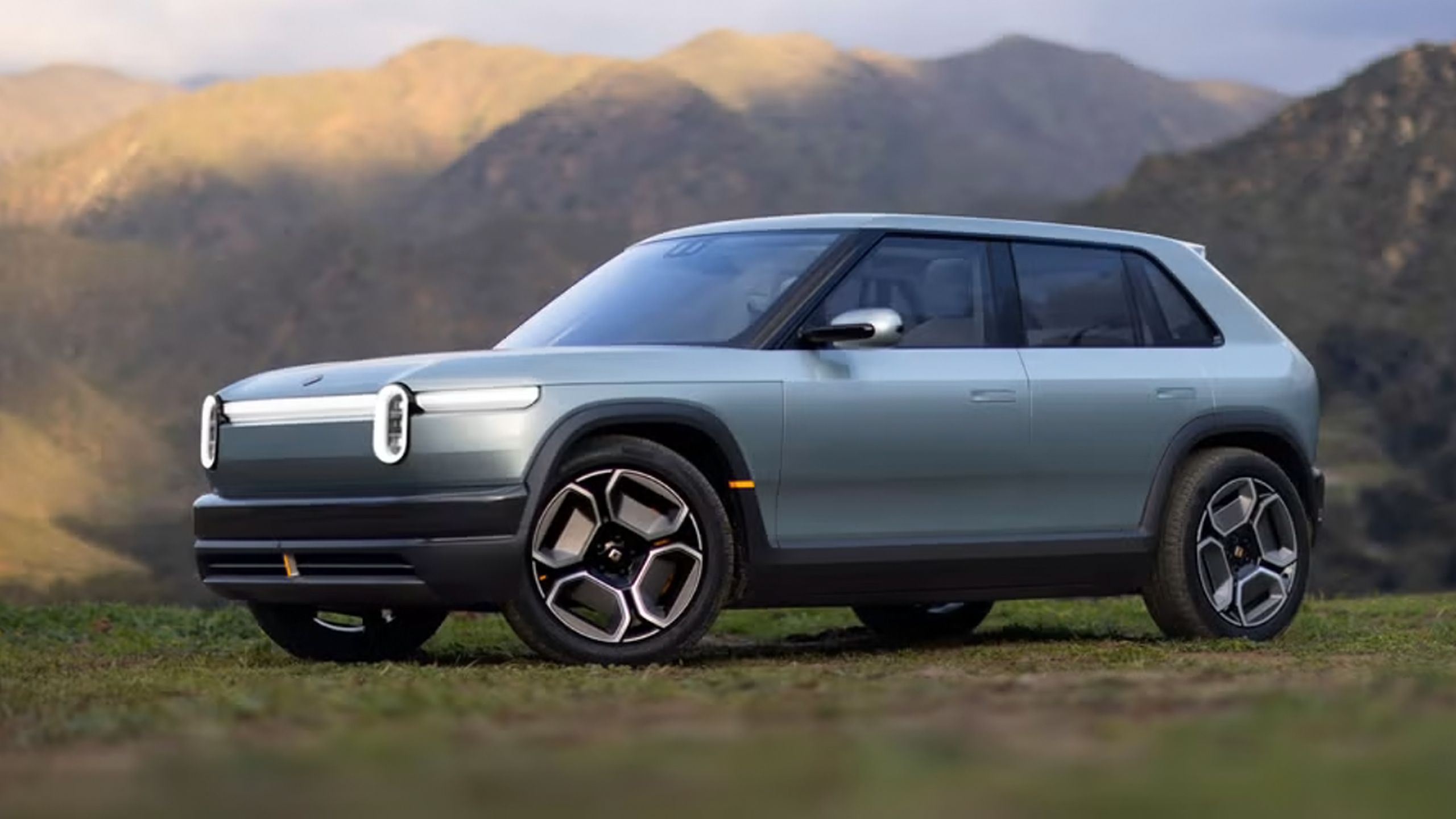
Associated
I hope the Rivian R3 will be the vehicle to topple Tesla
Tesla will not shrink and vanish in a day, naturally.
Trending Merchandise

acer Aspire 5 15 Slim Laptop comput...

Lenovo 15.6″” Laptop, 1...

Wireless Keyboard and Mouse, Ergono...

SAMSUNG 27-Inch S43GC Sequence Ente...


